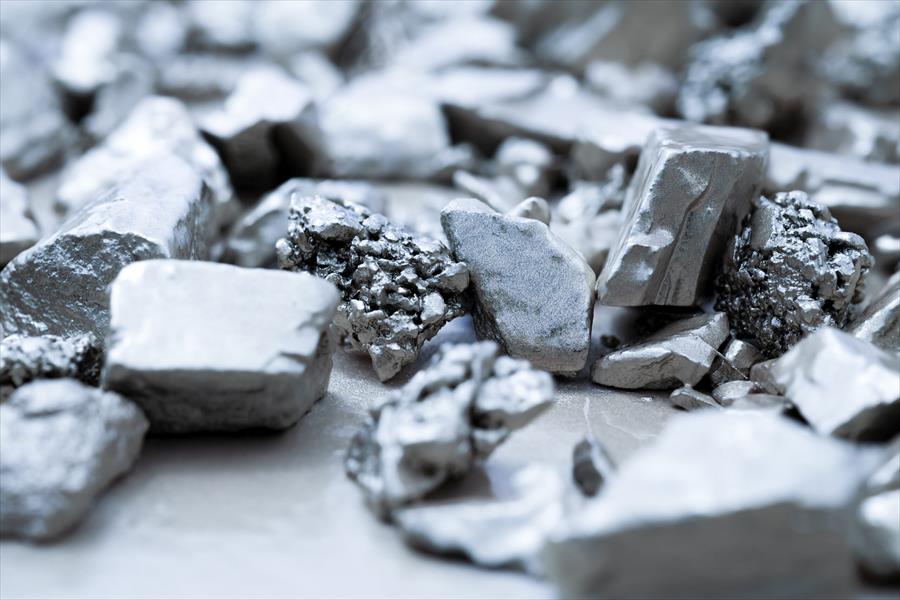How Platinum Hit Its All-Time High in 2008
Platinum is a rare and valuable metal that has many industrial and medical applications. It’s used in everything from jewelry to coins and catalytic converters. Platinum is often considered a safe haven asset, since it tends to retain its value during times of economic uncertainty and geopolitical turmoil. It’s also more affordable and accessible than gold, making it an attractive option for investors and collectors alike.
But how high has platinum ever reached in the past? And what factors influenced its price movements? Keep reading as the precious metals pros from First National Bullion, the platinum, palladium, silver, and gold dealers rtp slot San Diego collectors rely on for exceptional service, explore the historical highs and lows of platinum and the reasons behind them.
The Early History of Platinum
Platinum was first discovered by Europeans in the 16th century, when Spanish explorers found it in Colombia. They called it “platina,” meaning “little silver,” because they thought it was an inferior form of silver. They also considered it a nuisance, since it interfered with their gold mining operations.
However, platinum soon attracted the attention of scientists and royalty, who recognized its unique properties and rarity. Platinum is one of the densest metals, with a specific gravity of 21.45 g/cm3. It’s also one of the most resistant metals to corrosion, oxidation, and high temperatures. It has a high melting point of 1768°C, and can form alloys with other metals.
Platinum was used to make scientific instruments, such as thermometers and balances, as well as ornamental objects, such as medals and jewelry. In 1751, platinum was officially recognized as a new element by the Royal Society of London. In 1786, King Louis XVI of France declared platinum “the only metal fit for kings.”
The Modern History of Platinum
The modern history of platinum began in the late 19th century, when large deposits of platinum were discovered in South Africa and Russia. These two countries still account for most of the world’s platinum production today. South Africa produces about 70 percent of the global supply, while Russia produces about 12 percent.
The demand for platinum increased significantly in the 20th century as new uses for the metal emerged. Platinum became an essential component of catalytic converters, which reduce harmful emissions from vehicles. It also became widely used in the chemical industry as a catalyst for various reactions. Platinum also found applications in the medical field, such as in pacemakers, dental implants, and chemotherapy drugs.
The price of platinum fluctuated according to dynamics of supply and demand as well as the political and economic conditions of the major producing countries. Some of the factors that have influenced the price of platinum in the modern era include:
- The World Wars – During World War I and World War II, platinum was considered a strategic metal by many countries, and its production and trade were restricted. This led to a shortage of platinum and a rise in its price.
- The apartheid era – From 1948 to 1994, South Africa was under a system of racial segregation and discrimination known as apartheid. This resulted in international sanctions and boycotts against the country, which affected its platinum exports. The price of platinum was volatile during this period, as it depended on the political stability and social unrest in South Africa.
- The oil crises – In 1973 and 1979, two major oil crises occurred, caused by disruptions in the supply of oil from the Middle East. This led to a surge in the demand for fuel-efficient vehicles, which required catalytic converters. The price of platinum soared as a result, reaching a then-record high of $1,070 per ounce in 1980.
- The Russian default – In 1998, Russia defaulted on its sovereign debt, triggering a financial crisis that spread to other emerging markets. Russia also stopped exporting platinum for several months, creating a supply shock in the market. The price of platinum spiked to over $600 per ounce in 1999.
- The global financial crisis – In 2008, a global financial crisis erupted, caused by the collapse of the US housing market and the subprime mortgage crisis. This led to a sharp decline in the demand for platinum from various sectors, such as automotive, jewelry, and industrial. The price of platinum plummeted to below $800 per ounce in 2008.
- The COVID-19 pandemic – In 2020, a novel coronavirus (COVID-19) outbreak became a global pandemic, affecting millions of people and disrupting economic activity worldwide. The demand for platinum dropped significantly due to lockdowns, travel restrictions, and reduced consumer spending. The price of platinum fell to below $600 per ounce in March 2020.
The Highest Price in History for Platinum
The highest price platinum has ever been was on March 4th, 2008, when it reached $2,276 per ounce. This was driven by a combination of factors, including:
- A strong demand for platinum from emerging markets like China and India
- A weak US dollar that made platinum cheaper for foreign buyers
- A limited supply of platinum due to power outages and labor strikes in South Africa
- A speculative buying frenzy that pushed the price to unsustainable levels
However, this record high was short-lived, as the global financial crisis soon took its toll on the platinum market. The price of platinum collapsed by more than 65 percent in the following months as the demand for platinum plummeted and the supply recovered.
The Future of Platinum
The future of platinum is uncertain, since it depends on various factors that are difficult to predict. Some of the potential drivers and challenges for the platinum market include:
- The green transition – Platinum is expected to benefit from the global shift to cleaner and renewable energy sources, since it’s used in fuel cells, hydrogen production, and carbon capture. Platinum is also seen as a hedge against inflation and currency devaluation because it’s a tangible and scarce asset.
- The electric vehicle revolution – Platinum faces competition from electric vehicles (EVs), which don’t require catalytic converters. However, platinum may still have a role in hybrid vehicles, which combine internal combustion engines and electric motors. Platinum may also find new uses in EV batteries, since some researchers are exploring platinum-based materials for improving battery performance and safety.
- The supply and demand balance – Platinum is likely to remain in a supply deficit for the foreseeable future, as the production of platinum is constrained by high costs, environmental regulations, and social issues. The demand for platinum may recover as the global economy recovers from the COVID-19 pandemic and new applications for platinum emerge.
The highest price platinum has ever reached, a remarkable $2,276 per troy ounce in 2008, remains a benchmark for the metal’s potential. While platinum’s price has fluctuated over the years, its allure endures. Today, as new technologies and environmental concerns reshape the landscape, platinum’s future is as intriguing as its past. Whether you’re an investor, jeweler, or simply someone fascinated by precious metals, the journey of platinum’s price is a captivating tale of supply and demand, economic shifts, and the enduring appeal of this extraordinary metal.
If you’re building an investment portfolio and looking for the best place to purchase San Diego gold and bullion as well as platinum and other precious metals, reach out to the trustworthy professionals at First National Bullion. We can answer all your questions and help you find all the information you need on how precious metals can be great investments. Give one of our experienced dealers a call today at (855) 919-2536.
The statements made in this blog are opinions, and past performance is not indicative of future returns. Precious metals, like all investments, carry risk. Precious metals and coins may appreciate, depreciate, or stay the same in cash value depending on a variety of factors. First National Bullion does not guarantee, and its website and employees make no representation, that any metals for sale will appreciate sufficiently to earn the customers a profit. The decision to buy, sell, or borrow precious metals and which precious metals to purchase, borrow, or sell are made at the customer’s sole discretion.


